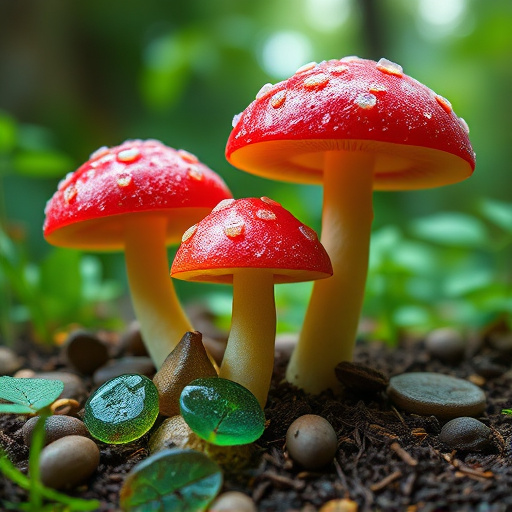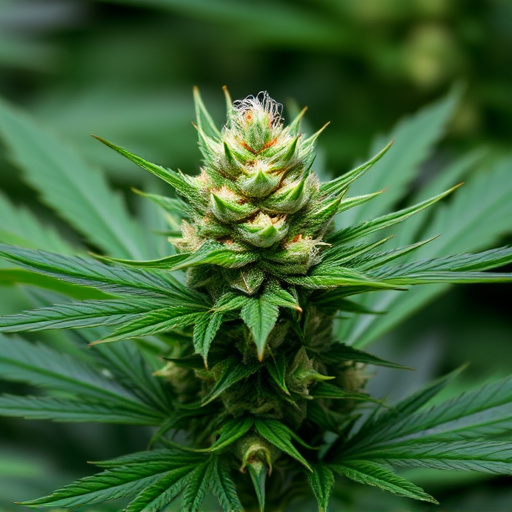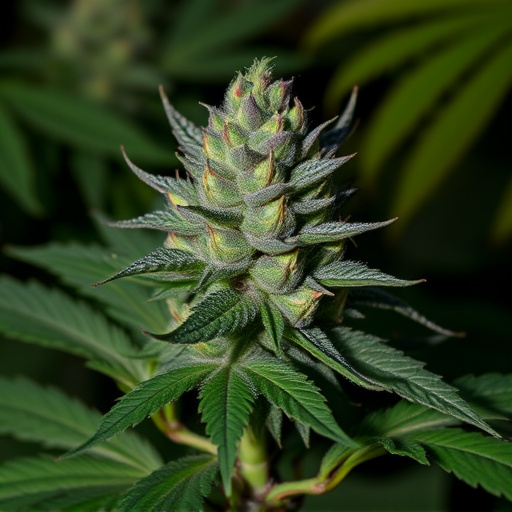The cannabis market has seen a dramatic shift towards high-THC strains, the newest strains of cannabis, which offer potent therapeutic benefits but also carry risks for inexperienced users. These strains interact with the endocannabinoid system (ECS) to produce effects like enhanced sensory perception, changes in heart rate and blood pressure, relaxation or euphoria, increased appetite, and altered pain perception. To mitigate potential issues such as paranoia or impaired coordination, consumers are advised to exercise caution, select strains aligned with their experience level, and create a comfortable environment when using them. With proper guidance, these powerful strains can lead to insightful experiences and deeper connections with cannabis.
The newest strains of cannabis have revolutionized the industry, with high-THC content becoming increasingly prevalent. This article explores the multifaceted impact of these potent varieties on both the body and mind. From understanding the latest trends in high-THC cannabis to examining the physical effects of THC interaction, we delve into the science behind these powerful plants. Additionally, we navigate the mental and emotional changes users may experience, providing insights into responsible use and potential risks.
- Understanding High-THC Strains: The Latest Trends and Their Impact
- Physical Effects: How THC Interacts with the Body
- Mental and Emotional Changes: Navigating the Mind's Response to High-THC Strains
Understanding High-THC Strains: The Latest Trends and Their Impact

In recent years, the landscape of cannabis has been transformed by the emergence of high-THC strains, representing the newest trends in the market. These strains are cultivated to contain significantly higher levels of tetrahydrocannabinol (THC), the primary psychoactive compound responsible for the plant’s intoxicating effects. The pursuit of elevated THC content has led to remarkable advancements in cannabis cultivation techniques and a surge in demand from consumers seeking enhanced experiences.
The impact of these high-THC strains is multifaceted. On one hand, they offer potent therapeutic benefits for various medical conditions, with some patients reporting profound relief from chronic pain, anxiety, and sleep disorders. However, the increased potency also poses risks, particularly to novice users. It’s crucial to understand that higher THC levels can intensify both the positive and negative effects of cannabis, leading to potential issues such as heightened paranoia, anxiety attacks, or impaired coordination. As a result, consumers are encouraged to exercise caution and choose strains suitable for their experience level and specific needs.
Physical Effects: How THC Interacts with the Body
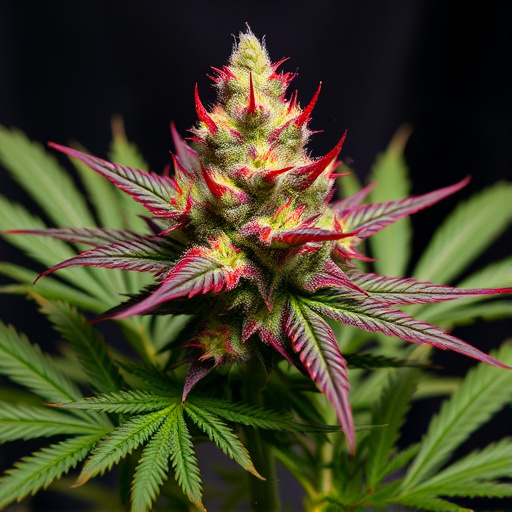
The newest strains of cannabis contain varying levels of tetrahydrocannabinol (THC), a compound responsible for the plant’s psychoactive effects. When consumed, THC interacts with the endocannabinoid system (ECS) – a network of receptors found throughout the body that play a role in regulating various physiological processes. This interaction leads to several physical effects.
One notable physical effect is heightened sensory perception, where colors appear more vibrant, sounds seem louder, and textures feel more pronounced. It can also cause changes in heart rate and blood pressure, leading to either an increase or decrease depending on the individual and dose. Additionally, THC may induce a feeling of relaxation or euphoria due to its binding with receptors in areas of the brain associated with pleasure and memory, while also potentially stimulating appetite and reducing pain perception. These physical effects are influenced by both the strain’s THC content and each user’s unique tolerance and metabolism.
Mental and Emotional Changes: Navigating the Mind's Response to High-THC Strains
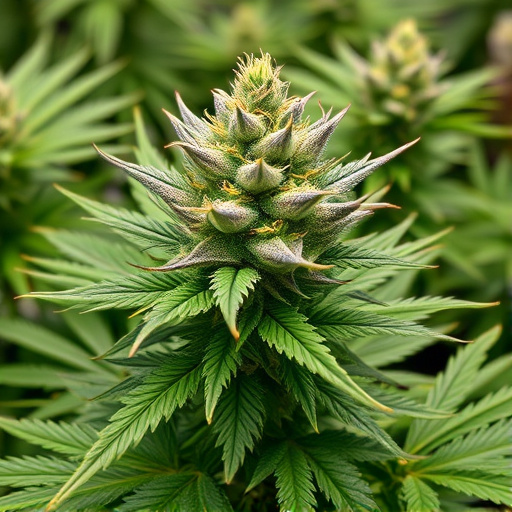
The introduction of high-THC strains in today’s cannabis market offers a unique experience for users, but it also brings about distinct mental and emotional changes. As users consume these newest strains with elevated THC levels, they may encounter heightened sensory perception, increased creativity, and enhanced cognitive functions. However, it’s not without its challenges; the mind’s response can vary widely from person to person. Some individuals might feel euphoria and profound relaxation, while others may experience heightened anxiety or paranoia.
Navigating these changes requires a mindful approach. Users should be aware of their mental state as they consume high-THC strains. Setting a comfortable environment, engaging in light activities, and having a clear understanding of personal tolerance levels can help mitigate potential adverse effects. With proper guidance and awareness, exploring the mind’s response to these powerful strains can lead to unique insights and a deeper connection with cannabis.
The newest strains of cannabis, boasting elevated tetrahydrocannabinol (THC) levels, offer potent experiences but necessitate a thorough understanding of their effects. While these high-THC strains can induce intense physical sensations and profound mental alterations, responsible use and awareness of individual tolerance are key. By exploring the interplay between THC and the body’s endocannabinoid system, we can navigate the challenges and harness the potential benefits of these powerful plants.
